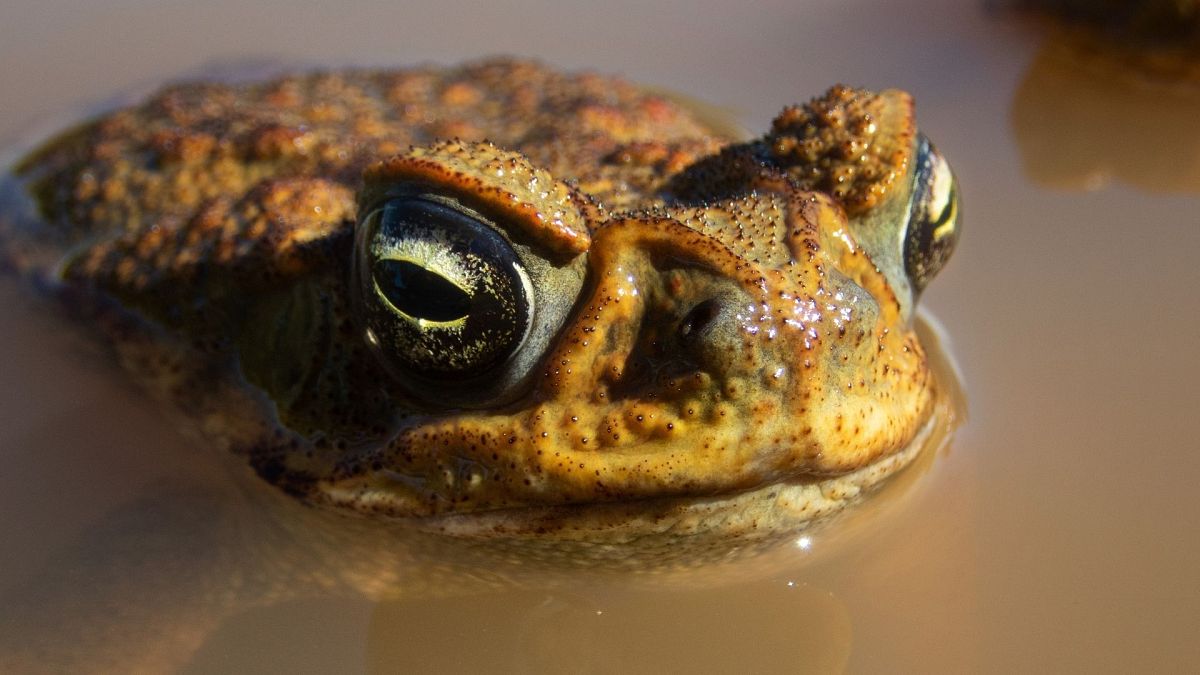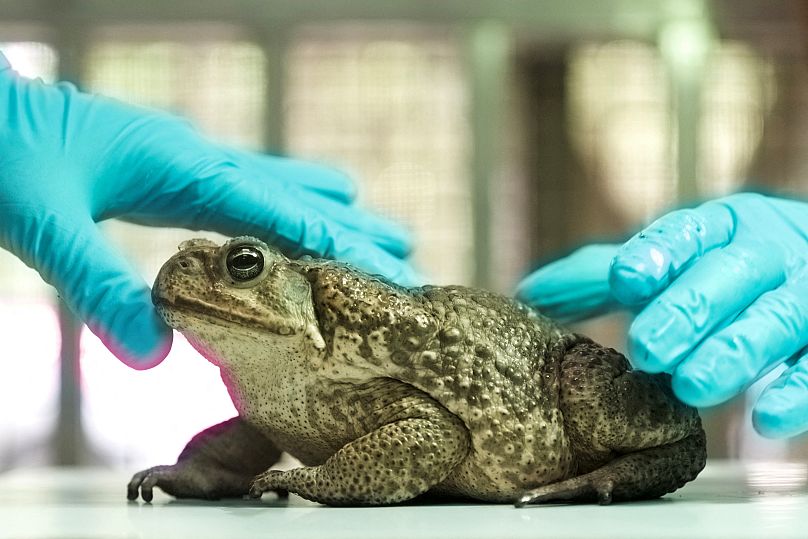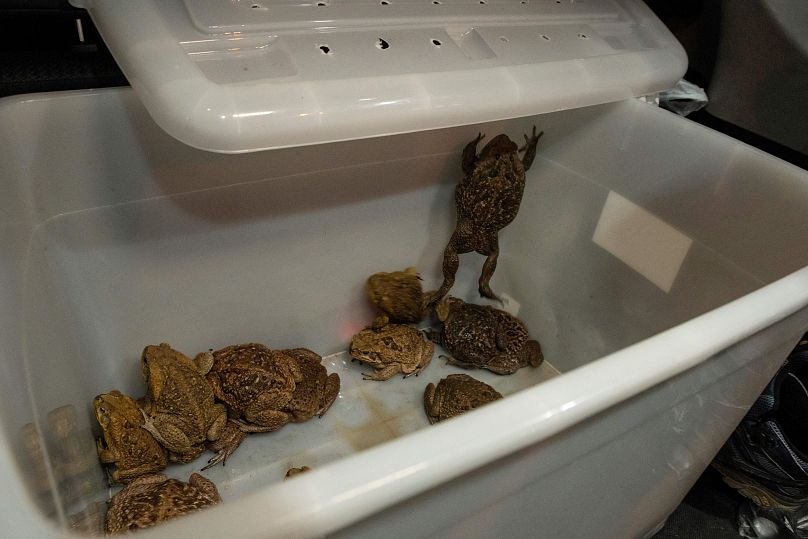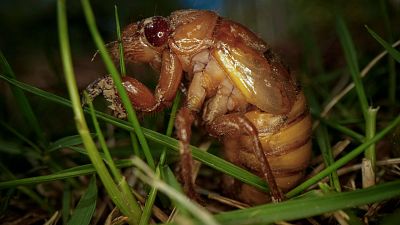These large and highly toxic amphibians have taken over the town of Chaotun.
Taiwan has been hit by a sudden toad invasion, say country officials.
Cane toads are a symbol of prosperity and good fortune in Taiwan, but the unexpected discovery of an invasive species has environmentalists scrambling to contain their spread.
With flashlights in hand and shielded by protective gloves, dozens of volunteers from the Taiwan Amphibian Conservation Society have been working through the night searching rice fields and vegetable plots to locate the animals.
These are large and highly toxic amphibians and are not native to Chaotun, a town in the foothills of Taiwan's central mountain range. Cane toads are Indigenous to South and Central America and while they have brought destruction to places like Australia and the Philippines, they had not yet been recorded in Taiwan.
That was until a few weeks ago when a local resident discovered some large toads hanging out in her community vegetable garden and uploaded a photograph online - a move that sparked an immediate toad-hunt.
"A speedy and massive search operation is crucial when cane toads are first discovered," says Lin Chun-fu, an amphibian scientist at the government-run Endemic Species Research Institute.
"Their size is very big and they have no natural enemies here in Taiwan," he adds.
The toad-hunt begins
Soon after the photo was uploaded, Yang Yi-ju, an expert at National Dong Hwa University sent a group of volunteers from the Amphibian Conservation Society to investigate.
They arrived at the vegetable garden and were shocked to find 27 toads in the immediate vicinity.
Yang quickly identified them as rhinella marina (the technical name for cane toads) thanks to the tell-tale large partoid glands behind their ears, where the toads secrete a dangerous poison.
"I was shocked and worried when they found more than 20. This is not going to be an easy thing to tackle," she recalls.
"We began to notify and mobilise everyone to act," she says, adding the presence of younger toads showed the animals were breeding.
Cane toads are a dangerous invasive species for three key reasons.
They are voracious predators, they are hugely successful at breeding and they are poisonous. That last quality, a defence mechanism, is especially dangerous to dogs who might lick or bite one.
Local farmers told conservationists they had noticed the arrival of these burly toads but never reported it.
"Taiwanese farmers generally ignore toads and even look favourably at toads when they find them because they help rid the land of pests and are also a good luck symbol," explains Yang.
"It never occurred to them that this is an invasive species from a foreign land."
Conservation officials and environmental volunteers have been working non-stop to conduct a painstaking search.
"We have divided (the township) into 200 by 200 meters square grids to investigate one by one if there are marine toads present," says field researcher Lin Yong-lun, pointing to a series of colour-coded maps.
The search perimetre has since been expanded to a four-kilometre radius.
Symbols of fortune
So far more than 200 marine toads of various sizes have been captured and housed at the Endemic Species Research Institute.
Cane toads are among the world's '100 Invasive Alien Species' list compiled by the Invasive Species Specialist Group (ISSG), an international advisory body of scientists and policy experts.
Also known as the marine toad, its most common English name came from the fact that it was used in sugar plantations to hunt cane beetles.
They were introduced into plantations in Australia, the Philippines, Japan, the Caribbean as well as Florida and Hawaii where they have caused damage to the local ecosystems.
Despite their warty appearance, toads are a symbol of wealth, longevity and good luck in Chinese culture. They are also used in Chinese medicine and their totems are common in feng shui to ward off bad luck.
Until 2016 it was legal to import cane toads into Taiwan as pets where they can fetch between NT$3000 to NT$4000 ( €95 - 126).
Conservationists believe since imports were banned, people have started breeding cane toads locally and some have since escaped or been abandoned by their masters.
So far there have been no other reported sightings in Taiwan and Yang is cautiously optimistic about stopping the spread.
"Next spring during mating season is when we truly know for sure if we have contained it," she says.






